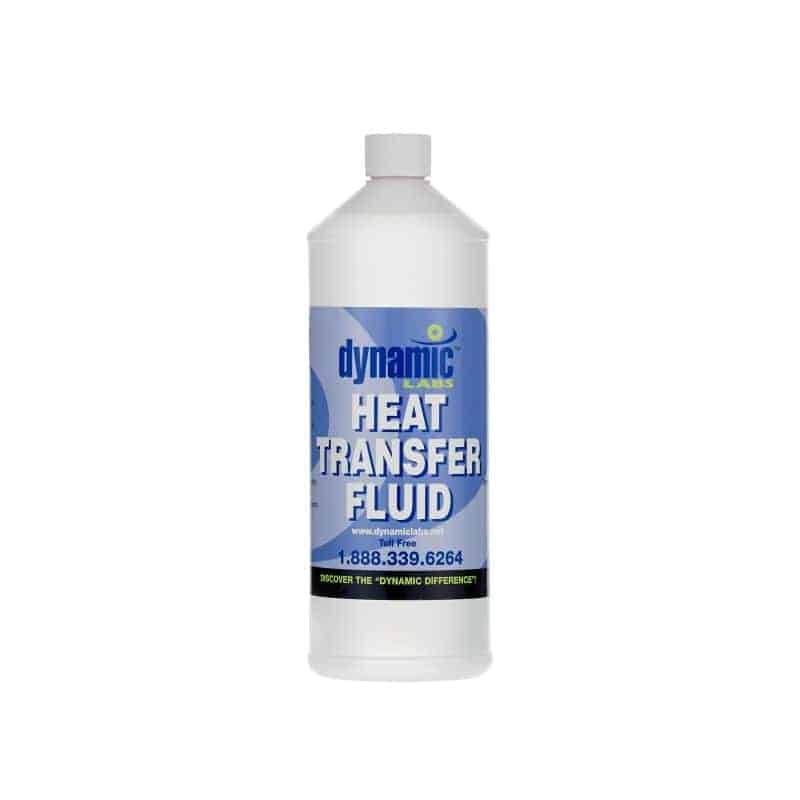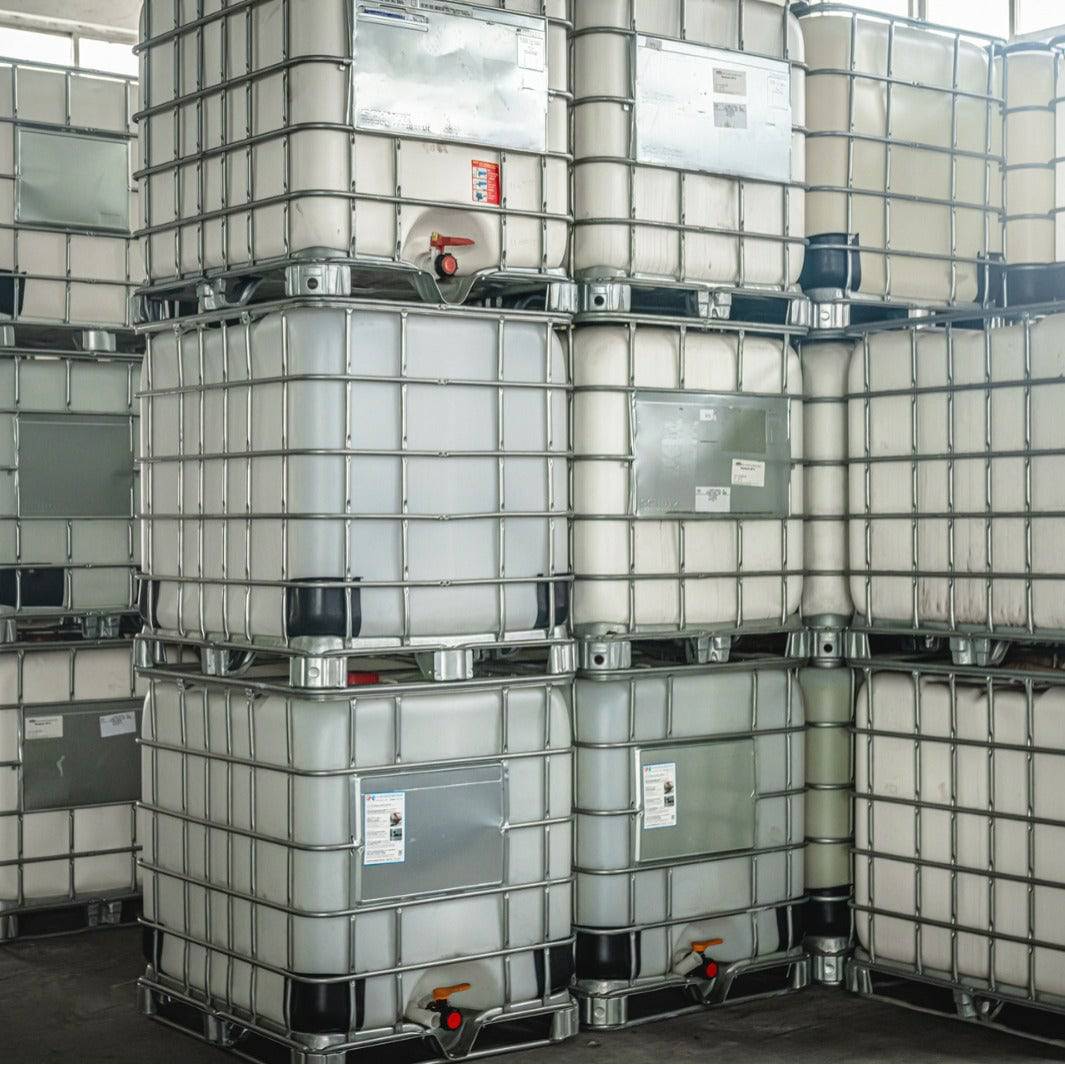Why Propylene Glycol is a Leading Choice for Efficient Heat Transfer Fluid
Wiki Article
Heat Transfer Fluid 101: What You Need to Know for Reliable Performance
Warm transfer liquids play an important role in preserving efficiency and reliability within numerous industrial systems, yet their option and administration are commonly forgotten. Recognizing the various types and key properties of these liquids can considerably impact functional efficiency. In addition, carrying out ideal practices and troubleshooting common issues is essential for long-term effectiveness. As we discover the foundational elements of warmth transfer liquids, it comes to be clear that the ramifications for system performance and tools long life warrant careful consideration. The nuances of these liquids might reveal even more than you expect about your functional success.Importance of Heat Transfer Fluids
Heat transfer fluids play a critical duty in different commercial procedures by promoting the effective transfer of thermal power. These liquids are crucial in applications such as temperature level, air conditioning, and heating guideline, where keeping exact thermal conditions is vital for functional effectiveness and safety and security. By improving the thermal conductivity and security of systems, heat transfer fluids contribute significantly to energy financial savings and process optimization.The selection of appropriate warmth transfer fluids can straight affect the efficiency and dependability of equipment (silicone oil). As an example, in power generation and production, these fluids aid in warm recuperation, boosting overall system effectiveness. Additionally, warmth transfer liquids assist to stop getting too hot and thermal deterioration of equipment, consequently extending the life-span of devices and reducing downtime
Moreover, the selection of warm transfer liquid influences ecological sustainability, as some liquids are developed to be more eco-friendly than standard choices. This shift in the direction of lasting alternatives aligns with global efforts to reduce carbon footprints and promote greener industrial practices.
Sorts Of Heat Transfer Fluids
Picking the appropriate kind of warmth transfer fluid is important for enhancing thermal monitoring in different applications. Warm transfer fluids can be generally classified right into numerous types, each suited for certain operational problems and needs.
An additional group includes cooling agents, which are made for cooling down applications. These fluids operate successfully at low temperature levels and pressures, making them perfect for refrigeration and air conditioning systems. Glycol-based liquids are likewise preferred, especially in systems where cold is a worry, as they offer antifreeze buildings while preserving affordable warmth transfer capacities.
In commercial applications, liquified salts are utilized for their high thermal capacity and ability to operate at elevated temperature levels, making them ideal for solar thermal power systems. Inevitably, the option of warm transfer fluid must line up with the certain thermal needs, running conditions, and wanted system performance.
Trick Residence to Think About

When selecting a heat transfer liquid, understanding the vital buildings that influence performance is important. Numerous factors should be assessed to make sure optimum performance and durability in the application's functional atmosphere.
First of all, thermal conductivity is essential, as it figures out the liquid's capability to move heat. Higher thermal conductivity generally causes boosted warmth transfer effectiveness. Secondly, the certain heat capacity indicates how much energy a liquid can store per device mass, affecting its ability to launch and take in warm.
Thickness is one more essential home, as it affects the liquid's flow qualities and, as a result, the system's effectiveness. Reduced thickness at running temperature levels is desirable for reduced pumping energy and boosted flow. Additionally, the liquid's temperature stability and boiling point are critical; a greater boiling dielectric cooling fluid factor is needed for high-temperature applications to prevent vaporization.
Lastly, chemical security and compatibility with system materials are vital to prevent deterioration and maintain system integrity over time. Recognizing these key homes enables designers and operators to choose one of the most appropriate warmth transfer liquid for their certain applications, making sure reliable and trustworthy efficiency.
Finest Practices for Usage
In order to maximize the efficiency and long life of a warm transfer fluid system, adhering to ideal techniques for use is crucial - thermal oil. It is critical to choose the ideal warm transfer fluid based on the system's operational temperature variety and particular application demands. Frequently checking the fluid's residential properties, such as viscosity, thermal conductivity, and pH degrees, makes sure optimal efficiency and can avoid expensive malfunctionsAppropriate system style is also vital; guaranteeing that components are compatible with the selected liquid lessens the danger of destruction. Maintain an efficient filtration system to remove particulates and contaminants that can impair warm transfer effectiveness. Additionally, keeping the liquid at advised fill levels lowers the danger of overheating and cavitation.
Routine maintenance ought to include looking for leaks and replacing the fluid as required, as thermal degradation can happen in time. In addition, training personnel on safe handling and procedure reduces dangers related to warm transfer liquids. Creating an extensive record-keeping system to track liquid usage and maintenance activities boosts system reliability and efficiency. By carrying out these ideal practices, drivers can guarantee effective and trusted warm transfer fluid procedures.
Troubleshooting Common Issues
Although heat transfer liquid systems are designed for efficiency, operators may come across various issues that can impact efficiency. Usual troubles include liquid deterioration, leakages, and improper fluid levels.Liquid deterioration commonly takes place as a result of thermal failure or oxidation, leading to the formation of sludge and varnish that can block systems. Frequently keeping an eye on fluid condition and sticking to maker standards for substitute can minimize this problem.
Leak is another regular issue, which can develop from worn seals, harmed pipes, or loosened fittings. It is critical to carry out routine assessments and upkeep to recognize and remedy leakages immediately, avoiding fluid loss and system inadequacy.
Improper liquid degrees can result from evaporation or leakages, leading to lowered warmth transfer effectiveness. Operators needs to consistently check liquid levels and ensure that the system is properly loaded to keep ideal performance.
Additionally, temperature variations can suggest flow problems or pump failings. Monitoring system temperature levels and pressure can assist spot these problems early, promoting timely interventions.
Verdict


In verdict, the selection and upkeep of warm transfer liquids are crucial for guaranteeing reliable performance in numerous industrial applications. Recognizing the significance, kinds, and vital residential or commercial properties of these liquids, along with implementing ideal practices, can significantly improve thermal efficiency and prolong tools lifespan.
Warm transfer fluids play an essential role in preserving performance and integrity within numerous industrial systems, yet their selection and administration are often neglected.Warm transfer liquids play an important duty in different industrial procedures by assisting in the efficient transfer of thermal energy. By enhancing the thermal conductivity and security of systems, warm transfer liquids add significantly to energy cost savings and process optimization.
Water is the most usual warm transfer fluid, favored for its high heat capability and cost-effectiveness. The details warm capability shows exactly how much power a fluid can keep per device mass, influencing its capability to soak up and launch warmth.
Report this wiki page